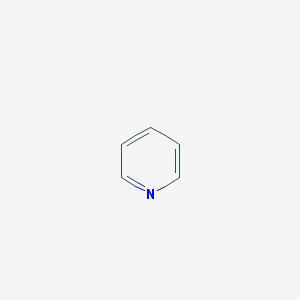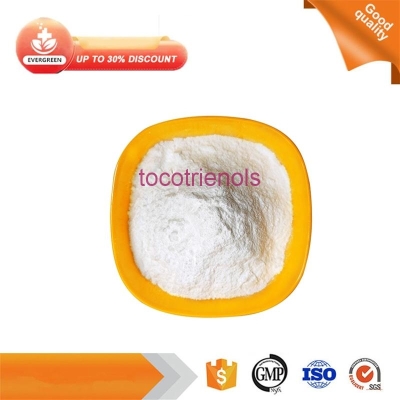-
Categories
-
Pharmaceutical Intermediates
-
Active Pharmaceutical Ingredients
-
Food Additives
- Industrial Coatings
- Agrochemicals
- Dyes and Pigments
- Surfactant
- Flavors and Fragrances
- Chemical Reagents
- Catalyst and Auxiliary
- Natural Products
- Inorganic Chemistry
-
Organic Chemistry
-
Biochemical Engineering
- Analytical Chemistry
- Cosmetic Ingredient
-
Pharmaceutical Intermediates
Promotion
ECHEMI Mall
Wholesale
Weekly Price
Exhibition
News
-
Trade Service
(4S)-(2,2-dimethyl-1,3-dioxolan-4-yl)-3-(4-hydroxybenzene) propanoic acid, methyl ester, commonly referred to as Landiolol 2000, is a synthetic molecule that is widely used in the chemical industry.
This compound has a wide range of applications, including as a solvent, a plasticizer, and a raw material for the production of various chemicals.
Landiolol 2000 is known for its excellent solubility in various organic solvents and its high boiling point, which makes it a popular choice as a solvent in the production of various chemicals and coatings.
The compound is also used as a plasticizer, which is added to plastics to improve their flexibility and stability.
Despite its widespread use, Landiolol 2000 has raised concerns about its safety in the workplace.
Some studies have suggested that the compound may be harmful if ingested, inhaled or if it comes into contact with the skin.
It is therefore important to take appropriate safety measures when handling this compound.
In terms of its potential health effects, Landiolol 2000 has been classified as an irritant to the eyes, skin, and respiratory system.
Exposure to high concentrations of the compound can cause coughing, wheezing, and difficulty breathing.
Prolonged exposure to the compound can also lead to skin irritation and dermatitis.
It is important to note that the toxicity of Landiolol 2000 is dependent on the level of exposure.
In general, exposure to low levels of the compound is not likely to cause significant harm, while exposure to high levels can be dangerous.
It is therefore important to follow safety guidelines and wear appropriate Personal Protective Equipment (PPE) when handling this compound, such as gloves and safety glasses.
In terms of its environmental impact, Landiolol 2000 is not considered to be particularly harmful to the environment.
The compound is not likely to cause significant harm to aquatic life, although it is not entirely harmless either.
It is therefore important to dispose of any waste material containing Landiolol 2000 in an environmentally responsible manner.
Overall, Landiolol 2000 is a useful compound in the chemical industry, but it is important to take appropriate safety measures when handling it.
By following safety guidelines and using appropriate PPE, workers can minimize their risk of exposure and stay safe while handling this compound.







